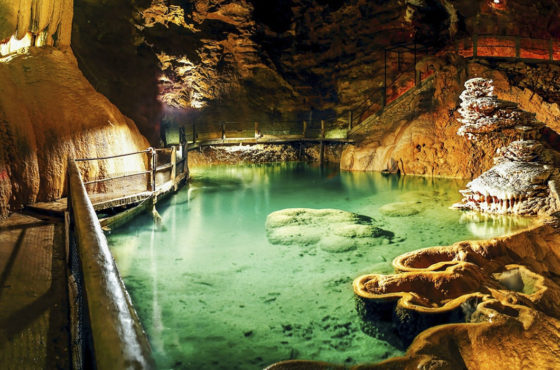Very beautiful and very dangerous places on the planet
Gufr-Berger, “Cave of the Dead”, France
When the depth of the cave just over 1200m descent here in less than a day. Below are waterlogged lake and rocky labyrinths. The problem is that when heavy rains flooded cave.

The Gouffre Berger is a French cave discovered on 24 May 1953 by Joseph Berger, Bouvet, Ruiz de Arcaute and Marc Jouffray. From 1953 to 1963, it was regarded as the deepest cave in the world at −1,122 metres (−3,681 ft), relinquishing this title to the previous contender, Pierre Saint Martin, in 1964, after further exploration. The Gouffre Berger is now ranked 28th deepest cave in the world, and the 4th in France.
To return from the bottom of the cave back to the surface can take between 15 and 30 hours, without long breaks. In 1967, Ken Pearce, a metallurgy teacher from Britain, descended with the Pegasus caving club team from Nottingham UK, organised and led by Peter Watkinson, and along with a 40-metre (130 ft) dive, reached a depth of 1,133 metres (3,717 ft). They emerged after 13 days underground, having set a new world record at the time.
In 1968, B Leger and J Dubois reached a depth of −1,141 metres (−3,743 ft). This record was held until July 1982, when Patrick Penez attained −1,191 metres (−3,907 ft).In 1990, the « scialet de la Fromagère » makes a jonction with the gouffre Berger. The new depth is −1,271 metres (−4,170 ft). In recent years there have been six fatalities in this cave, five due to water. During a storm or heavy rain, the Gouffre Berger can become a dangerous trap and the water levels rise very quickly. In 1996, Englishwoman Nicole Dollimore and Hungarian Istvan Torda died due to violent flooding in the cave. In 2016 the development is estimated at thirty-five kilometres.